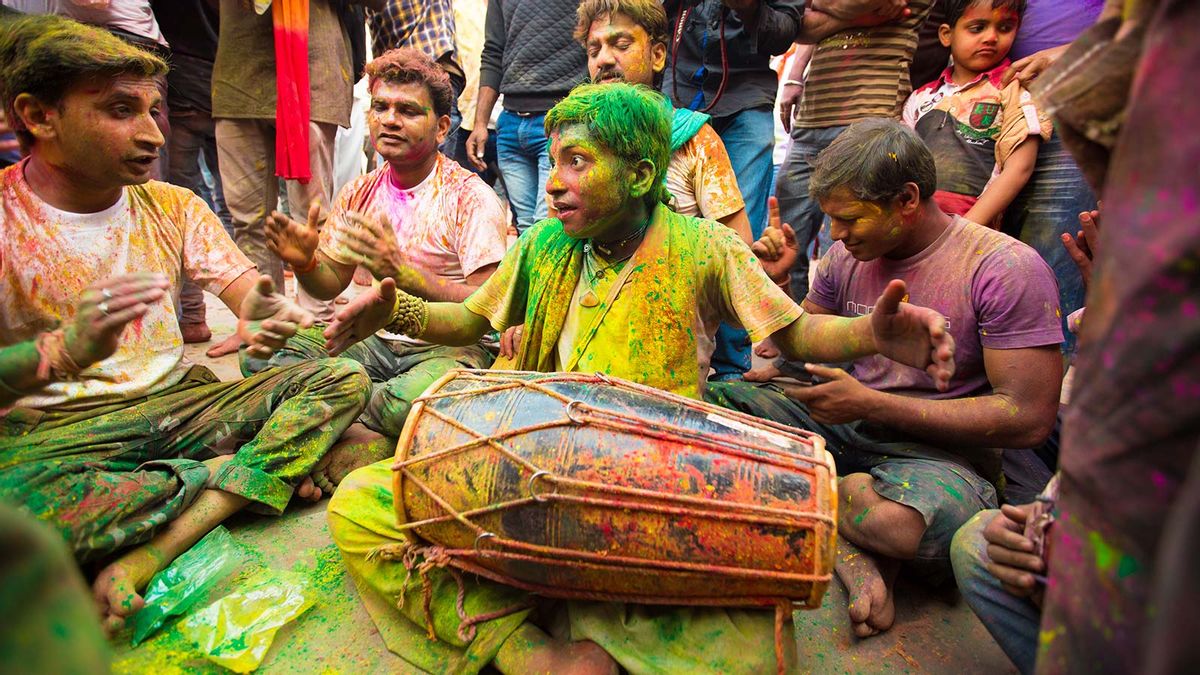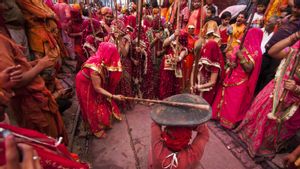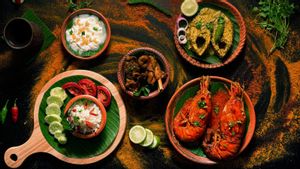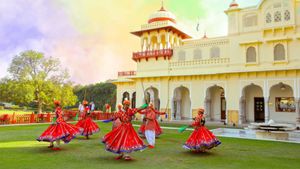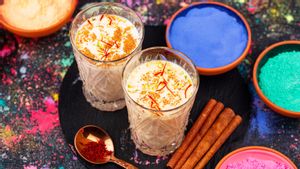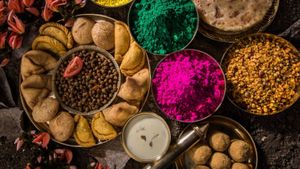This year, Holi is scheduled to fall on March 28 and 29 respectively, and speaking of the festival of colours, the most famous celebrations across India that immediately strike your mind are those held at Mathura, Brindavan, Varanasi, Pushkar amongst others. But beyond the famous Lathmar Holi and Phoolon ki Holi, the festival is celebrated in unique styles across the country—from the northeast to down south—which deserve your participation.
Manipur
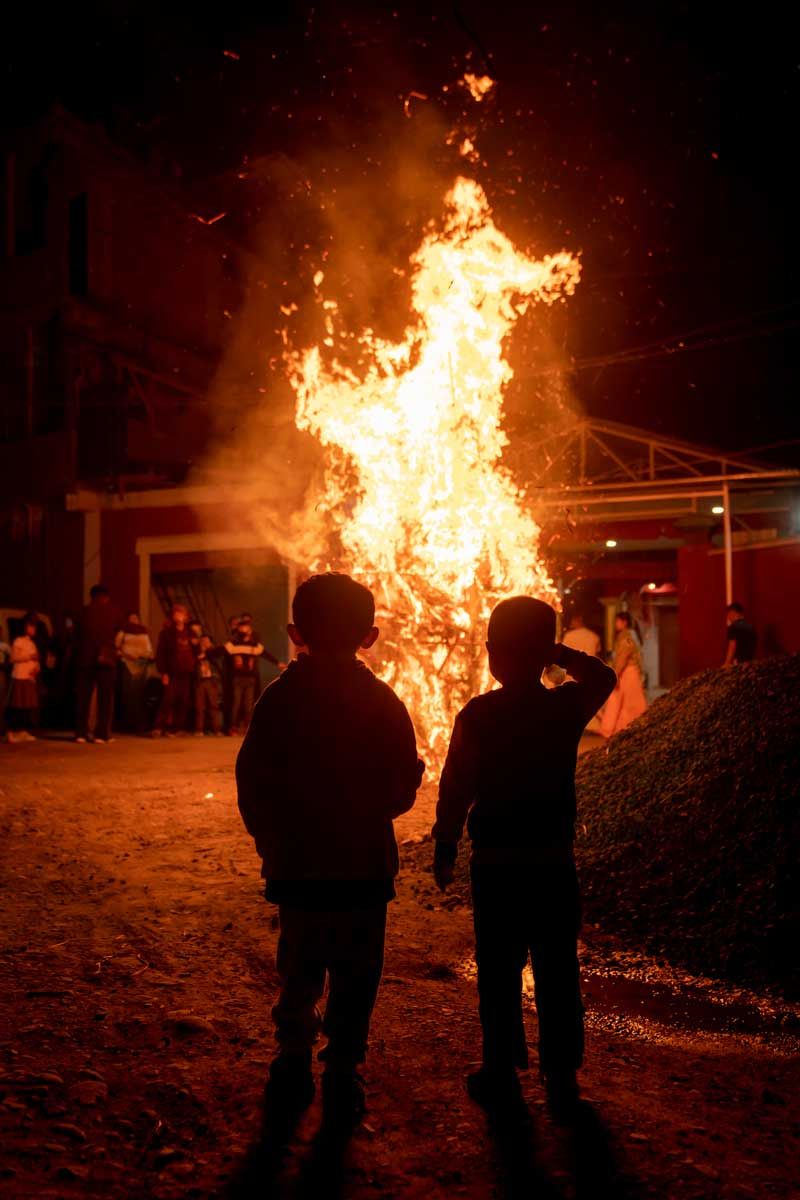
Holi is celebrated as Yaoshang amongst the people of Manipur’s Meitei community. The five-day festival starts on the full moon night in the month of Lamta as per local lunar calendar. The highlight of the festival is the Thabal Chongba dance or the moonlight dance, performed by youngsters to the beats of Dholkar or the drum. The festival begins with the building of a thatched hut that's later burned and kids going door to door to ask for money which is called Nakatheng. The burnt hut is believed to be sacred to the followers of Vishnavism, who later collect the ash, and smear it on the devotees. On the second day, girls collect Nakatheng and ask for money from their relatives to organise Thabal Chongba, and then on the fourth and the fifth day colours and water come into play. The people of Manipur have been celebrating Yaoshang for 300 years now.
Hampi, Karnataka
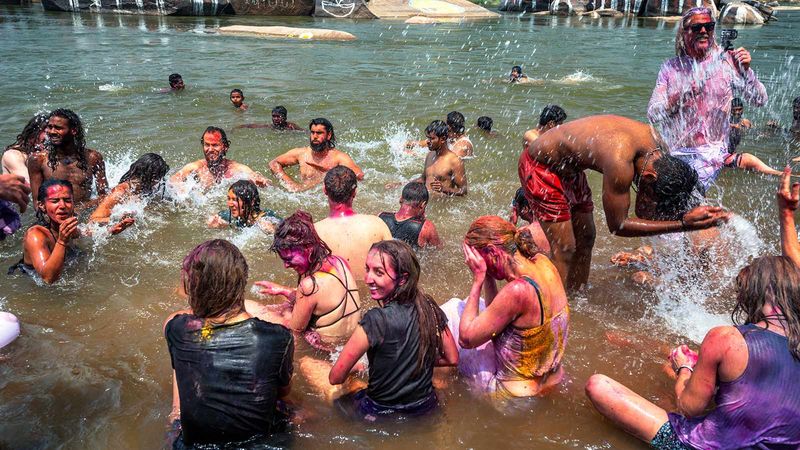
The UNESCO World Heritage temple town of Hampi in Karnataka is a sight to behold on Holi. Locals celebrate the festival of colours with gusto along the river Tungabhadra dancing to the drum beats. There is music, fun and frolic as merrymakers play with colours and jump into the river at the end of it, to not just wash off the colours, but to also get rid of their sins. It is a remarkable moment as people assemble around the ruins of the Vijayanagar Empire for these festivities.
Purulia, West Bengal

What is Holi in North India, is Basanta Utsav in West Bengal. But it is in the Purulia district of the state where the festival truly comes to life with a three-day folk festival. It is not just about playing with colours during Purulia’s Basant Utsav, but a grand showcase of local artforms such as the Chau and Natua dance, Darbari Jhumur and Baul, a form of local folk music, performed by locals and tourists alike.
Kumaon, Uttarakhand
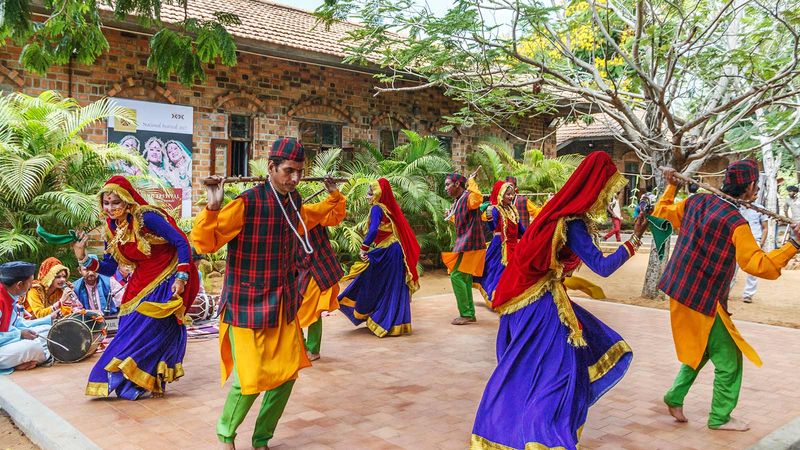
Uttarakhand's Kumaon region celebrates Holi for two whole months! There are three celebrations over the two months – Baithki Holi, Khari Holi and Mahila Holi. Baithki Holi begins on Basant Panchami where friends and family members get together to celebrate the festival by singing both classical as well as Kumaoni folk songs. This is followed by Khari Holi where locals dress up in the traditional attire of kurta pyjama and nokdaar topi, and visit each other's house while also singing and dancing on folk songs. Lastly, the Mahila Holi involves women-only gatherings where they sing spiritual and love songs.
Goa
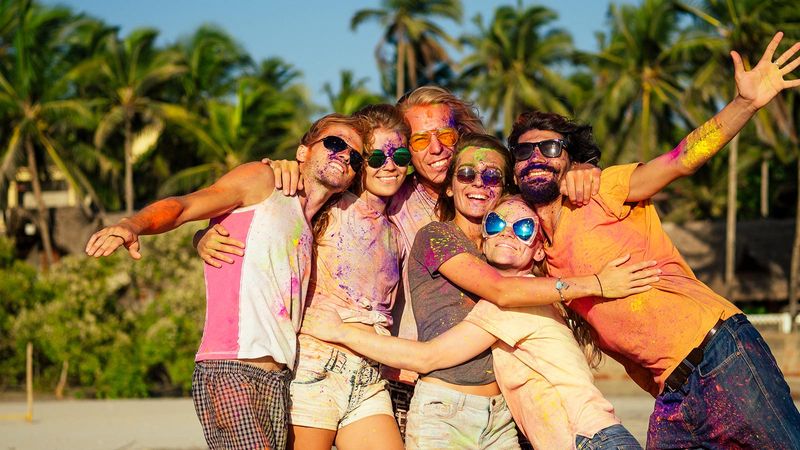
Holi in Goa is celebrated as Shigmotsav, involving colours, music, floats and traditional folk dances called Fugdi, Talgadi and Ghode Morni. The festival commences with devotees bathing the village deity dressed in saffron and offering prayers. They also sing Goan folk songs, dress up in colourful clothes and carry flags called Dhawaja. Moreover, sounds of music played on instruments such as Tatari, Dhol and Tasa reverberate on the streets of Goa. On the fifth day of the ongoing festival that continues for over a fortnight, people celebrate Rang Panchami by smearing gulal on each other. The final day is all about grand parades including, heavily crafted sculptures, statues, floats, etc., and people dressed as mythological characters. This year, the festival began on March 21.


